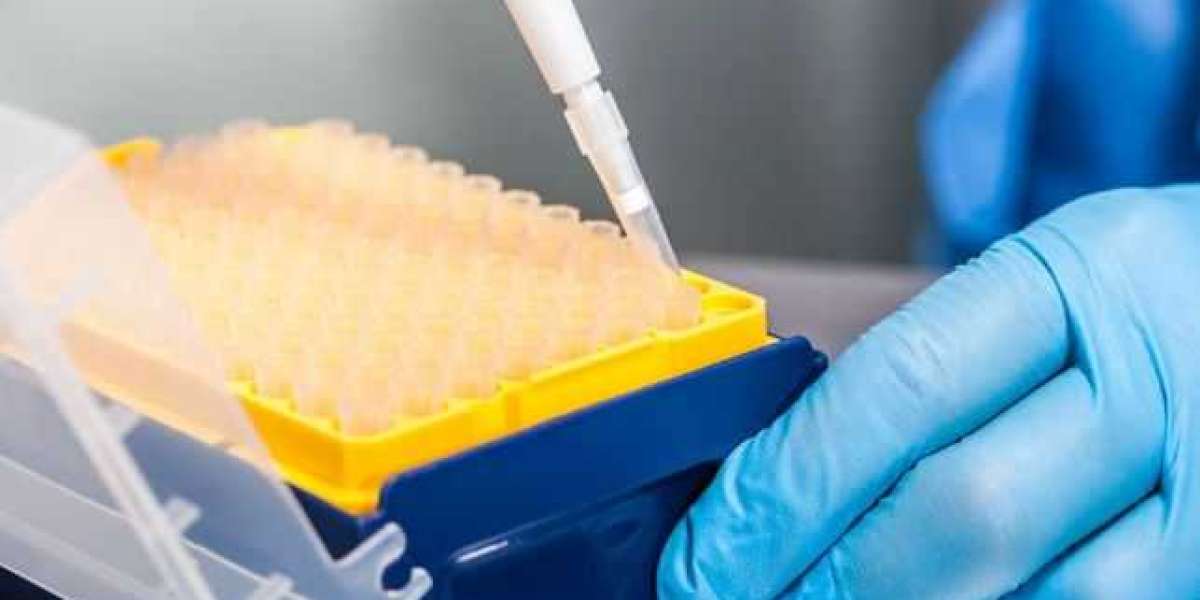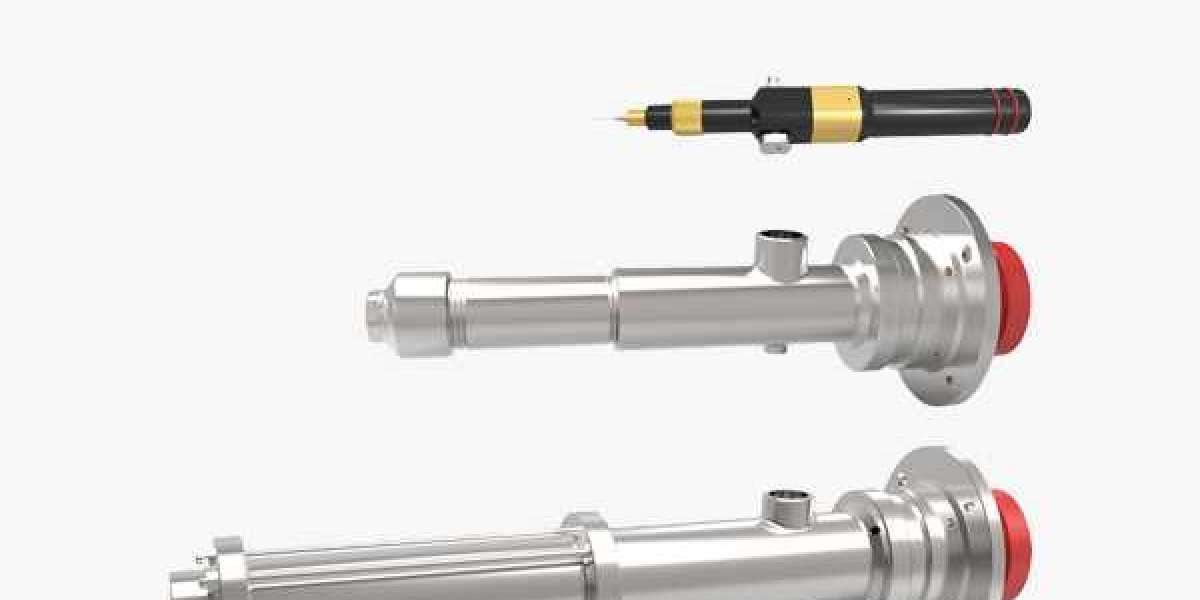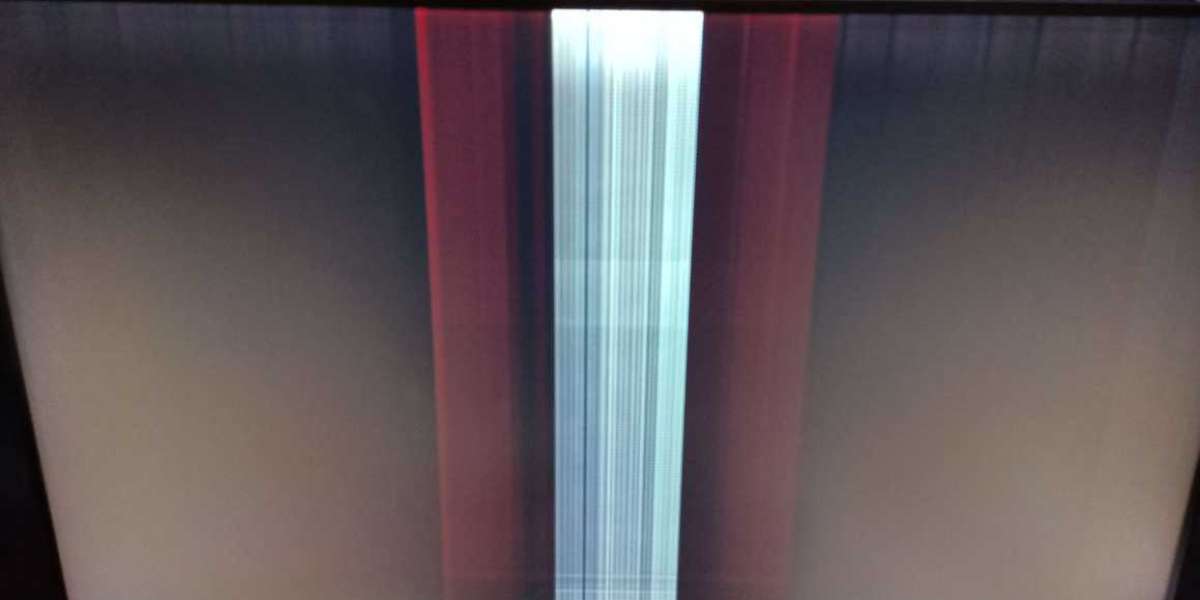Choosing the right pipette tip is crucial for accurate and precise pipetting. The tip needs to securely fit the pipettor to ensure proper sealing and prevent leakage or aerosolization. However, with the wide variety of pipettors and tips on the market, it can be challenging to determine which tip is compatible with your specific pipettor model. In this article, we will walk through the key factors we consider when assisting customers in identifying the right pipette tips for their instruments.

Tip Fit and Dimensions
The most important factor in choosing a pipette tip is ensuring it has the proper dimensions to securely fit onto the pipettor. The pipettor nozzle and tip cone need to match precisely for a tight seal. Even small differences in diameter can result in a loose connection that compromises performance.
Many tip manufacturers provide specifications on the diameter and length of their pipette tips. However, dimensions can vary slightly between brands, so you need to carefully check that the quoted dimensions correspond to your pipettor's nozzle size. Keep in mind that some pipettors have narrower nozzles for better fit and sealing.
When in doubt, physically trying on the tip is the best way to verify fit. The tip should slide smoothly but firmly onto the nozzle and maintain a tight seal throughout the pipetting process. Any loosening or leaking indicates the tip is improperly sized.
Tip Shape and Design
The shape and design of the pipette tip can also impact fit. Standard pipette tips have a universal design with a wide opening that narrows into a cone near the point of attachment. However, some specialty tips have an elongated shape or flatter profile that may not properly fit all pipettors.
Additionally, filter tips contain an integrated filter to prevent aerosol contamination. The filter component can create a wider opening and alter the tip dimensions, potentially affecting pipettor compatibility. So take tip design into account when selecting new pipette tips.
Tip Material
Pipette tips are made from different materials including plastic, glass, and steel. The material used affects factors like fit, accuracy, and precision. Plastic tips are the most common and fit most pipettors. But for specialty applications, tips made from steel, polyethylene, polypropylene, or Teflon can provide a more secure seal and precise pipetting. Just keep in mind that non-plastic tips are less flexible and this could impact fit with your pipettor.
Tip Type and Volume
Tips are designed for specific volume ranges and liquid types. For example, standard tips are ideal for aqueous solutions whereas low retention tips are needed for viscous liquids like oils. The tips also come in different capacities like 0.1-10 μL, 2-200 μL, 100-1000 μL, etc.
Using the wrong tip volume can impede proper fit. A tip with much higher volume capacity than the pipettor will likely be too large to form a tight seal. On the other hand, over-tightening a very small tip onto a large pipettor nozzle can deform the tip opening. So always take nominal tip volume into account when selecting new pipette tips.
Sterility and Quality
For work involving cell cultures or hazardous compounds, sterile pipette tips are essential. Sterilization techniques like gamma irradiation and ethylene oxide treatment can slightly alter the dimensions and properties of plastic tips over multiple processing cycles. This could incrementally affect pipettor compatibility over time.
Also consider the quality control standards of the tip manufacturer. Reputable brands with rigorous QC practices will produce very consistent tips within the stated specifications. Generic tips with lower quality standards may have more variability between batches that impacts proper fit.
Pipettor Model and Specifications
When replacing tips, you should always start by checking the user manual or manufacturer website for your specific pipettor model. The product specifications, diagrams, and compatibility charts will list all the approved tip types, styles, and brands that are guaranteed to fit properly.
Some pipettors are designed for use with specific tip brands or even custom proprietary tips. The manufacturer has already done the work of verifying these tips so you can be confident in compatibility. However, they likely will not guarantee fit with unapproved off-brand tips.
If you cannot find this information for your pipettor, contact the manufacturer's technical support department. Providing the make, model number, and any other details like nozzle diameter will help them look up the specifications and recommend compatible tips.
On-Site Consultation and Troubleshooting
If you are still uncertain what pipette tips will work with your pipettors, consider having an equipment specialist come to your lab for an on-site consultation. They can do hands-on compatibility tests, assess any fit issues you have been experiencing, and work to find ideal replacement tips.
A specialist can also troubleshoot situations like loose tip fit arising suddenly for previously compatible tips. This may indicate wear or damage to the pipettor nozzle rather than an issue with the tips themselves. Or it may reveal variability in the tip manufacturing process. Either way, a trained specialist can carry out investigations to get to the bottom of any fit issues and identify appropriate solutions.
Testing Prospective Replacement Tips
Before purchasing a new case of replacement tips, best practice is to request a sample pack or a few loose tips to test with your pipettors first. This allows you to physically check the fit and sealing performance before fully committing to a new product. Be sure to test with a few different pipettors as their nozzle sizes and condition may vary.
Also, ask the vendor if you can return any unopened tip boxes if the fit ends up being unsatisfactory. Responsible vendors will allow returns or exchanges if the products do not work as expected with your instruments.
Maintain Your Pipettors
Proper pipettor maintenance and calibration will maximize the lifetime and performance of your instruments. As pipettors wear with heavy use, the nozzle diameter and tip fit can be impacted. Routine preventative maintenance by qualified technicians helps preserve optimal tip seal and fit. Calibrating per the manufacturer's recommendations also ensures the pipettor is operating at its specified dimensions and specifications.
Additionally, inspect and replace any damaged nozzle parts like seals or O-rings. Avoid over-tightening tips as this can warp and deform the pipettor nozzle over time. You can also request additional flexible nozzle options from the manufacturer to accommodate a wider range of tip brands. Keeping your pipettors in top condition ensures consistency in tip fit over the long run.
Key Takeaways
- Check tip dimensions and physically test fit samples before purchasing
- Consult pipettor user manual and manufacturer for verified compatible tips
- Consider tip shape, material, volume and quality
- Maintain pipettors to preserve optimal tip fit over time
- Request samples and test prospective new tips with pipettors before fully switching
With so many to choose from, finding the right match for your specific pipettors is key for accurate liquid handling. Following the guidelines above will set your lab up for success in identifying and validating the ideal tips to pair with your pipettors. Proper tip fit ensures consistency, minimizes errors, and improves the precision of liquid handling - leading to higher quality results across experiments.














